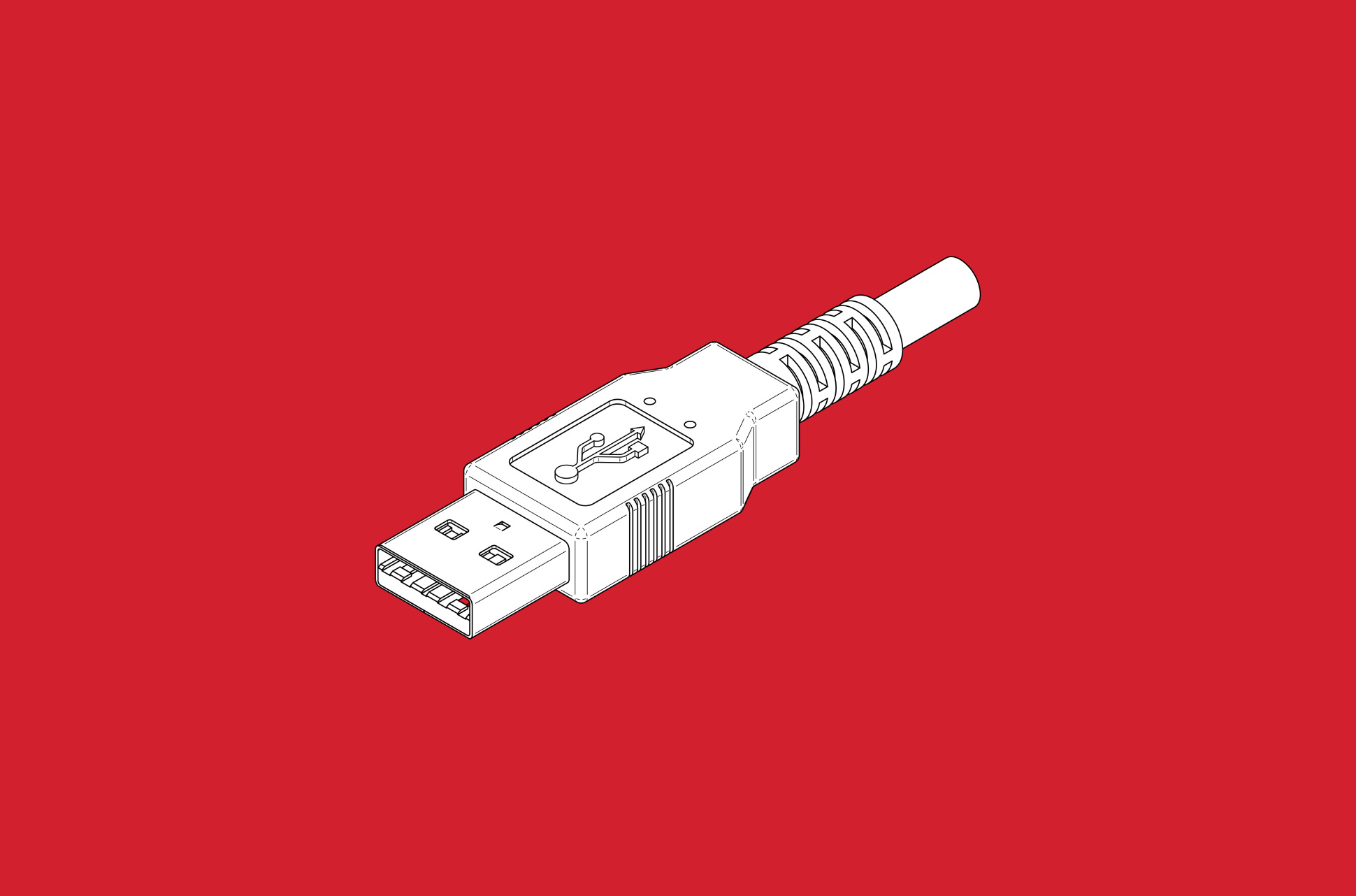Written for WOW App Inc. and originally published on January 13th, 2016.
With the multitude of technological advances facing consumers and businesses alike, it’s easy to keep tabs on all the tools that have become an integral part of everyday life that we’ve all taken for granted. A lot of these have been longstanding enough to have been ingrained into the global collective consciousness but are soon predicted to go the way of the Dodo. Smartphones haven’t even reached the 10 year mark in age but in a short time have become one of the most prevalent technologies in the world (and is predicted to be even more so over the next five years). Some developments like fad (the Segway) and reactionary technologies (Zune) have predictably failed to gain any long-standing traction, but the fate of others are hard to foresee. So without further ado, we present a list of technologies that we at WOW personally believe are on their way out:
1. Cords and chargers
They’re cumbersome, prone to tangling, and limiting. These are but some of the issues we face with cords and chargers on a daily basis. With the advent of WiFi, Bluetooth, and NFC, wireless charging and data transfer are beginning to evolve. We’re starting to move towards a wireless technological landscape where over-the-air as a method of data transfer and device charging will be the standard.
2. Plastic credit cards
Physical cash has been an outdated model for a while now and credit cards seem to also be heading in the same direction. Very soon, thanks to platforms like Square and Venmo, we will be able to make payments exclusively via our smartphones.
3. Remote controls
Through a combination of factors such as smartphones and devices that allow for gesture and voice commands, the use remote controls are predicted to decline. With the rise of web-enabled devices for content streaming, using our smartphones to “throw” content to our televisions is fast becoming a replacement for the more traditional mode of video content control.
4. Passwords
Issues of privacy and science fiction aside, biometrics are now on the table as viable options (and replacements) for traditional passwords and passkeys. Retina, fingerprint, and even unique voice IDs are on their way to becoming a wider used technique for data, device, and content access.
5. Standalone GPS
From their rise to prominence in the early 2000s, dedicated GPS units (like the TomTom) have slowly begun to give way to the rise of Smartphones. Android and iPhone users have been long equipped with the ability to track their positions globally and have been using their handsets to replace in-car navigation devices on their dashboard.
6. Cable TV
Netflix, Amazon Prime, Hulu, and Crackle number among the new wave of content distribution methods taking global audiences by storm. Even traditional networks like CBS and HBO have been moving towards digital distribution methods (CBS All Access and HBO Go) to compete. The first three of the aforementioned distribution platforms have found immense success in providing new content creation and distribution models that basic and premium cable are finding hard to match. Traditional cable is now comparable to on-demand in a way that primetime is comparable to cable.
7. Compact cameras
The consumer camera market has shrunk considerably over the past half decade due entirely to the rise and prevalence of cameras in Smartphones. Consumers are now opting for larger and bulkier options with DSLRs for more prosumer/professional skewed images but by and large, Smartphones are getting the job done. Smartphone storage capacities and camera specifications have rivalled those of compact cameras of late and the convenience that smartphones bring to sharing and transferring photos outweighs the need to carry a whole extra device on your person.


